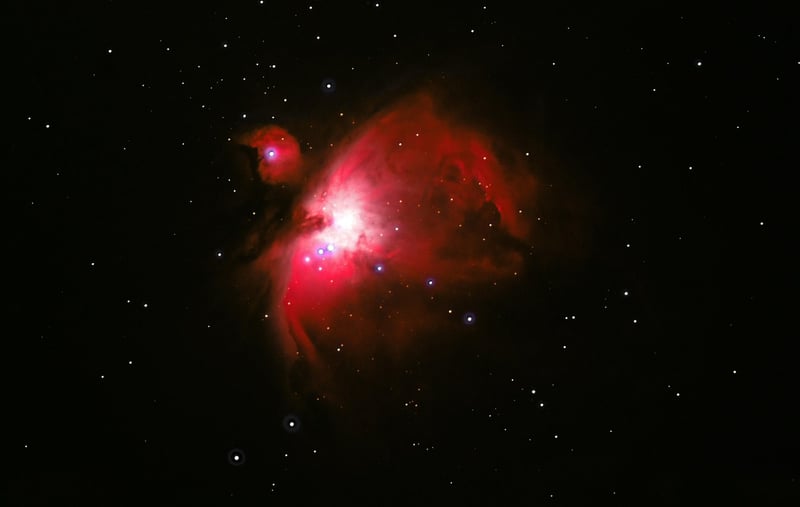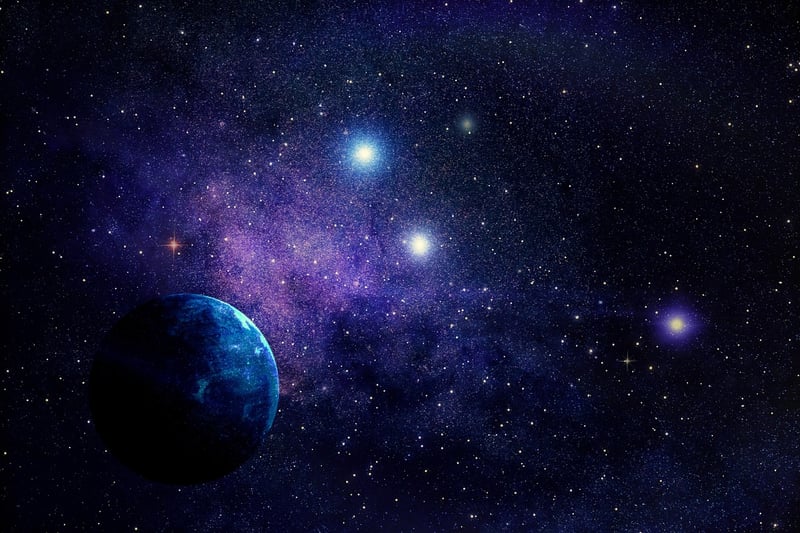Nebulae
The Enigmatic Beauty of Nebulae in the Universe
When we gaze up at the night sky, we are met with a vast canvas of twinkling stars and distant galaxies. Among these celestial wonders are nebulae, mysterious and awe-inspiring clouds of dust, hydrogen, helium, and other ionized gases. Let's delve into the enigmatic beauty of nebulae and unravel some of the mysteries they hold.
Types of Nebulae
Nebulae come in different shapes and sizes, each with its unique characteristics. The three primary types of nebulae are:
- HII Regions: These are large clouds of gas and plasma where new stars are born. They are often characterized by their vibrant colors due to the emission of light from ionized hydrogen.
- Planetary Nebulae: Formed when a dying star sheds its outer layers, planetary nebulae exhibit beautiful and intricate structures that resemble planets, hence the name.
- Supernova Remnants: The remnants of massive stellar explosions, supernova remnants are expanding clouds of gas and debris that showcase the violent forces at play in the universe.
The Stunning Beauty of Nebulae
One of the most famous and breathtaking nebulae is the Orion Nebula. Located in the Orion constellation, this stellar nursery is a hotbed of star formation and is visible to the naked eye on clear nights. Its vivid colors and intricate tendrils of gas and dust make it a favorite target for astronomers and stargazers alike.

Another mesmerizing example is the Crab Nebula, a supernova remnant in the Taurus constellation. This expanding cloud of debris is a testament to the cataclysmic end of a massive star and serves as a reminder of the dynamic nature of our universe.

Unraveling the Mysteries
While the beauty of nebulae is captivating, these cosmic entities also hold clues to our understanding of the universe's evolution. By studying the composition, structure, and dynamics of nebulae, astronomers can gain insights into stellar formation, supernova explosions, and even the origins of life itself.
As we continue to explore and unravel the mysteries of the universe, nebulae stand out as both artistic masterpieces and scientific wonders, inviting us to ponder the vastness and complexity of the cosmos.
So, the next time you look up at the starry night sky, remember that beyond the twinkling lights lies a world of nebulous beauty and intrigue, waiting to be discovered.
